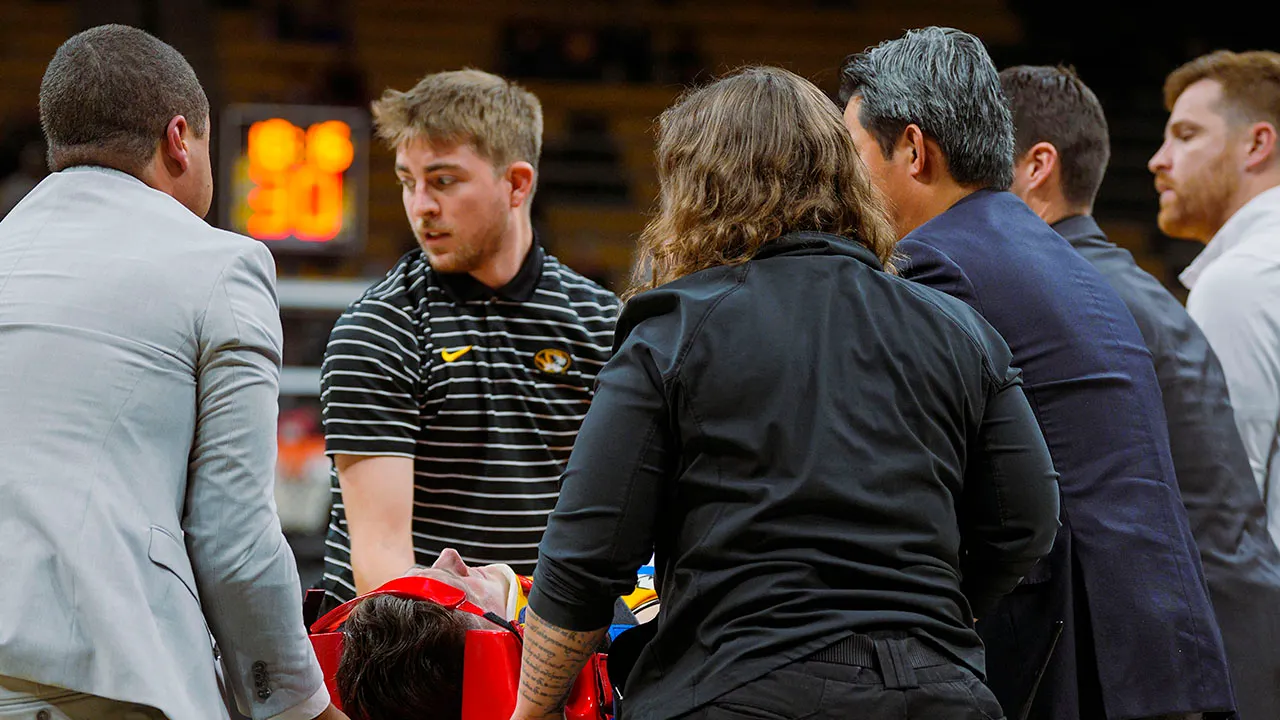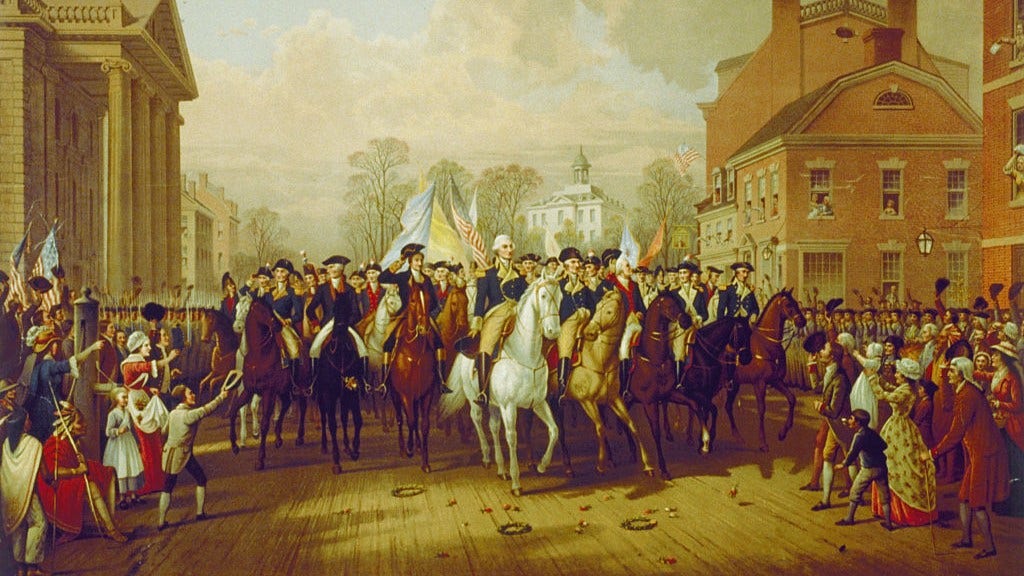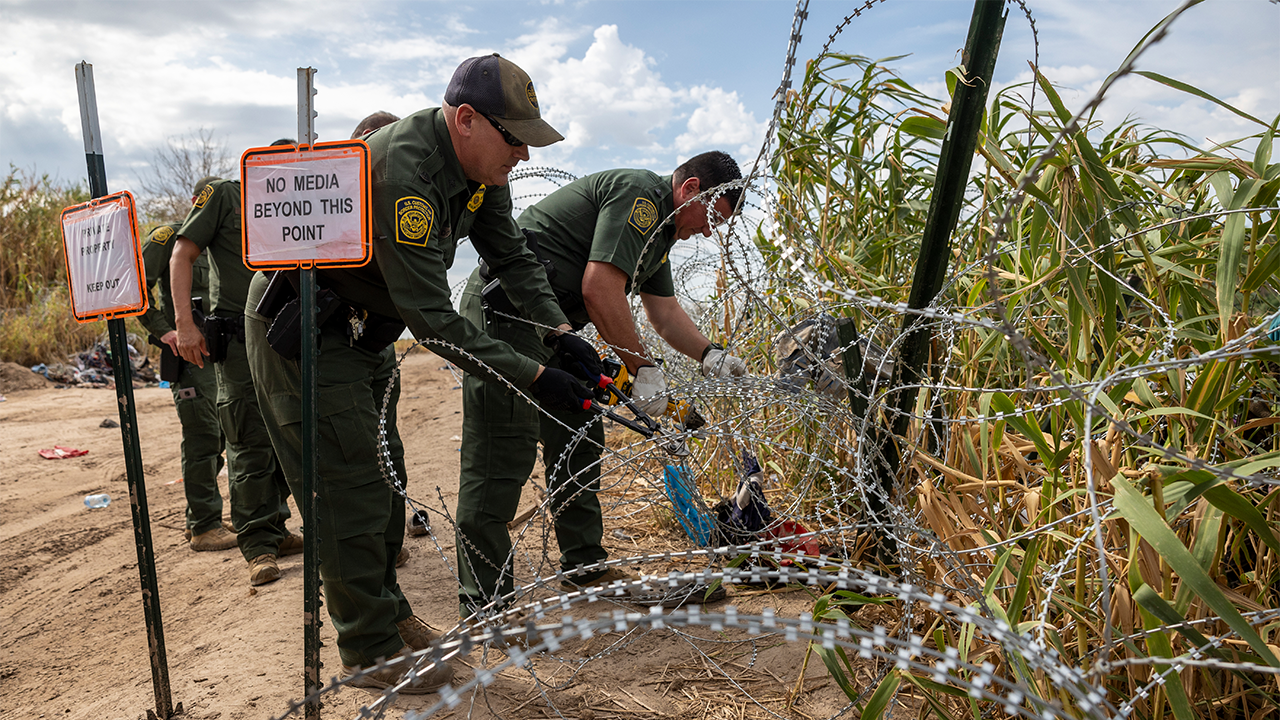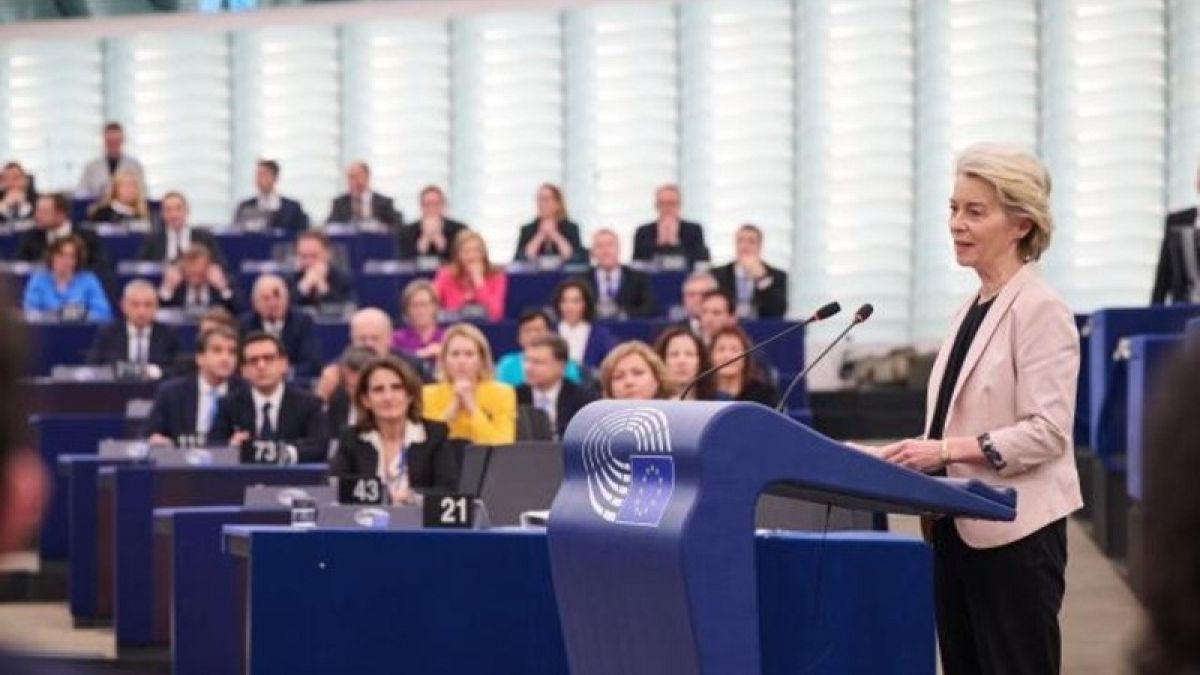World
Piecing together a deadly shipwreck, investigators face conflicting reports of Mediterranean journey

This much is clear: On June 9, an old steel fishing trawler left eastern Libya for Italy, carrying far too many people.
As many as 750 men, women and children from Syria, Egypt, Palestine and Pakistan were on board, fleeing hopelessness in their home countries and trying to reach relatives in Europe.
Five days later, the trawler sank off the coast of Greece in one of the deepest parts of the Mediterranean Sea. Only 104 people, all men, survived. The remains of 78 people were recovered.
There are still more questions than answers about what led up to one of the worst shipwrecks in recent Mediterranean history.
Activists, migration experts and opposition politicians have criticized Greek authorities for not acting earlier to rescue the migrants, even though a coast guard vessel escorted the trawler for hours and watched helplessly as it sank.
Below is a timeline of events based on reports from Greek authorities, a commercial ship, and activists who said they were in touch with passengers. They describe sequences of events that at times converge, but also differ in key ways.
The Greek Coast Guard said that the overcrowded trawler was moving steadily toward Italy, refusing almost all assistance, until minutes before it sank. This is in part supported by the account of a merchant tanker that was nearby.
But activists said that people on board were in danger and made repeated pleas for help more than 15 hours before the vessel sank.
International maritime law and coast guard experts said that conditions on the trawler clearly showed it was at risk, and should have prompted an immediate rescue operation, regardless of what people on board may have said.
Much of these accounts could not immediately be independently verified.
Missing from this timeline is the testimony of survivors, who have been transferred to a closed camp and kept away from journalists.
All times are given in Greece’s time zone.
FIRST CONTACT
Around 11 a.m. on Tuesday, Italian authorities informed Greece that a fishing trawler packed with migrants was in international waters southwest of the Peloponnese. Greece said the Italian authorities were alerted by an activist.
Around the same time, human rights activist Nawal Soufi wrote on social media that she had been contacted by a woman on a boat that had left Libya four days earlier.
The migrants had run out of water, Soufi wrote, and shared GPS coordinates through a satellite phone showing they were approximately 100 km (62 miles) from Greece.
“Dramatic situation on board. They need immediate rescue,” she wrote Tuesday morning.
Over the course of the day, Soufi described some 20 calls with people on the trawler in a series of social media posts and a later audio recording. The Associated Press could not reach Soufi.
A surveillance aircraft from the European Border and Coast Guard Agency Frontex spotted the overcrowded trawler at 12:47 p.m. and notified Greek authorities. Frontex declined to share any more information.
DIFFERING ACCOUNTS OF CONDITIONS ON BOARD
At 2 p.m., Greek authorities established contact with someone on the trawler. The vessel “did not request any assistance from the Coast Guard or from Greece,” according to a statement.
But activists said that people on the boat were already in desperate need by Tuesday afternoon.
At 3:11 p.m., Soufi wrote, passengers told her that seven people were unconscious.
Around the same time, Alarm Phone, a network of activists with no connection to Soufi who run a hotline for migrants in need of rescue, said they received a call from a person on the trawler.
“They say they cannot survive the night, that they are in heavy distress,” Alarm Phone wrote.
At 3:35 p.m., a Greek Coast Guard helicopter located the trawler. An aerial photo released showed it packed, with people covering almost every inch of the deck.
From then until 9 p.m., Greek authorities said, they were in contact with people on the trawler via satellite phone, radio, and shouted conversations conducted by merchant vessels and a Coast Guard boat that arrived at night. They added that people on the trawler repeatedly said they wanted to continue to Italy and refused rescue.
MERCHANT SHIPS BRING SUPPLIES
At 5:10 p.m., Greek authorities asked a Maltese-flagged tanker called the Lucky Sailor to bring the trawler food and water.
According to the company that manages the Lucky Sailor, people on the trawler “were very hesitant to receive any assistance,” and shouted that “they want to go to Italy.” Eventually, Eastern Mediterranean Maritime Limited wrote in a statement, the trawler was persuaded to accept supplies.
Around 6 p.m., a Greek Coast Guard helicopter reported that the trawler was “sailing on a steady course and heading.”
But at 6:20 p.m., Alarm Phone said that people on board reported that they were not moving, and that the “captain” had abandoned the trawler in a small boat.
“Please any solution,” someone on board told Alarm Phone.
The Greek authorities’ account suggested the trawler stopped around that time to receive supplies from the Lucky Sailor.
At 6:55 p.m., Soufi wrote, migrants on board told her that six people had died and another two were very sick. No other account so far has mentioned deaths prior to the shipwreck, and the AP has not been able to verify this.
Around 9 p.m., Greek authorities asked a second, Greek-flagged, merchant vessel to deliver water, and allowed the Lucky Sailor to leave.
Then, at around 10:40 p.m., a Coast Guard boat from Crete reached the trawler, and remained nearby until it sank. According to the Coast Guard, the vessel “discreetly observed” the trawler from a distance. Once again, the Coast Guard said, the trawler did not appear to have any problems and was moving “at a steady course and speed.”
THE FINAL HOURS
According to Soufi’s account, attempts to deliver supplies may have contributed to the trawler’s troubles.
Shortly after 11 p.m., she wrote that the trawler began rocking as its passengers tried to catch water bottles from another vessel. According to people on board, ropes were tied to the ship, destabilizing it and causing a “state of panic,” she said.
The report from the Lucky Sailor said no lines were tied to the trawler, and supplies were delivered in watertight barrels tied to a rope.
“Those on board the boat caught the line and pulled,” the company managing the Lucky Sailor told the AP.
The other merchant vessel did not immediately reply to the AP’s questions.
A spokesman for the Greek Coast Guard said late Friday that its vessel had briefly attached a light rope to the trawler at around 11 p.m. He stressed that none of the vessels had attempted to tow the trawler.
Commander Nikos Alexiou told Greek channel Ant1 TV that the Coast Guard wanted to check on the trawler’s condition, but people on board again refused help and untied the rope before continuing course.
Soufi’s last contact with the trawler was at 11 p.m. She said later in a voice memo that “they never expressed the will to continue sailing to Italy,” or refused assistance from Greece. “They were in danger and needed help.”
THE WRECK
According to authorities, the trawler kept moving until 1:40 a.m. Wednesday, when its engine stopped. The Coast Guard vessel then got closer to “determine the problem.”
A few minutes later, Alarm Phone had a final exchange with people on the trawler. The activists were able to make out only: “Hello my friend … The ship you send is …” before the call cut off.
At 2:04 a.m., more than 15 hours after Greek authorities first heard of the case, the Coast Guard reported that the trawler began rocking violently from side to side, and then capsized.
People on deck were thrown into the sea, while others held onto the boat as it flipped. Many others, including women and children, were trapped below deck.
Fifteen minutes later, the trawler vanished underwater.
In the darkness of night, 104 people were rescued, and brought to shore on the Mayan Queen IV, a luxury yacht that was sailing in the vicinity of the shipwreck. Greek authorities retrieved 78 bodies. No other people have been found since Wednesday.
As many as 500 people are missing.
___
Brito reported from Barcelona, Spain. Derek Gatopoulos contributed to this story from Athens, Greece.
___
Follow AP stories on global migration at https://apnews.com/hub/migration

World
Lebanon says 2 hurt as Israeli troops fire on people returning south after truce with Hezbollah

BEIRUT –
At least two people were wounded by Israeli fire in southern Lebanon on Thursday, according to state media. The Israeli military said it had fired at people trying to return to certain areas on the second day of a ceasefire with the Hezbollah militant group.
The agreement, brokered by the United States and France, includes an initial two-month ceasefire in which Hezbollah militants are to withdraw north of the Litani River and Israeli forces are to return to their side of the border. The buffer zone would be patrolled by Lebanese troops and UN peacekeepers.
Lebanon’s state-run National News Agency said two people were wounded by Israeli fire in Markaba, close to the border, without providing further details. It said Israel fired artillery in three other locations near the border. There were no immediate reports of casualties.
An Associated Press reporter in northern Israel near the border heard Israeli drones buzzing overhead and the sound of artillery strikes from the Lebanese side.
The Israeli military said in a statement that “several suspects were identified arriving with vehicles to a number of areas in southern Lebanon, breaching the conditions of the ceasefire.” It said troops “opened fire toward them” and would “actively enforce violations of the ceasefire agreement.”
Israeli officials have said forces will be withdrawn gradually as it ensures that the agreement is being enforced. Israel has warned people not to return to areas where troops are deployed, and says it reserves the right to strike Hezbollah if it violates the terms of the truce.
A Lebanese military official said Lebanese troops would gradually deploy in the south as Israeli troops withdraw. The official spoke on condition of anonymity because they were not authorized to brief media.
The ceasefire agreement announced late Tuesday ended 14 months of conflict between Israel and Hezbollah that began a day after Hamas’ Oct. 7, 2023 attack out of Gaza, when the Lebanese militant group began firing rockets, drones and missiles in solidarity.
Israel retaliated with airstrikes, and the conflict steadily intensified for nearly a year before boiling over into all-out war in mid-September. The war in Gaza is still raging with no end in sight.
More than 3,760 people were killed by Israeli fire in Lebanon during the conflict, many of them civilians, according to Lebanese health officials. The fighting killed more than 70 people in Israel — over half of them civilians — as well as dozens of Israeli soldiers fighting in southern Lebanon.
Some 1.2 million people were displaced in Lebanon, and thousands began streaming back to their homes on Wednesday despite warnings from the Lebanese military and the Israeli army to stay out of certain areas. Some 50,000 people were displaced on the Israeli side, but few have returned and the communities near the northern border are still largely deserted.
___
Frankel reported from northern Israel. Associated Press writer Natalie Melzer in Nahariya, Israel contributed.
World
Putin mulls striking Kyiv with new hypersonic missile that can reportedly reach US West Coast
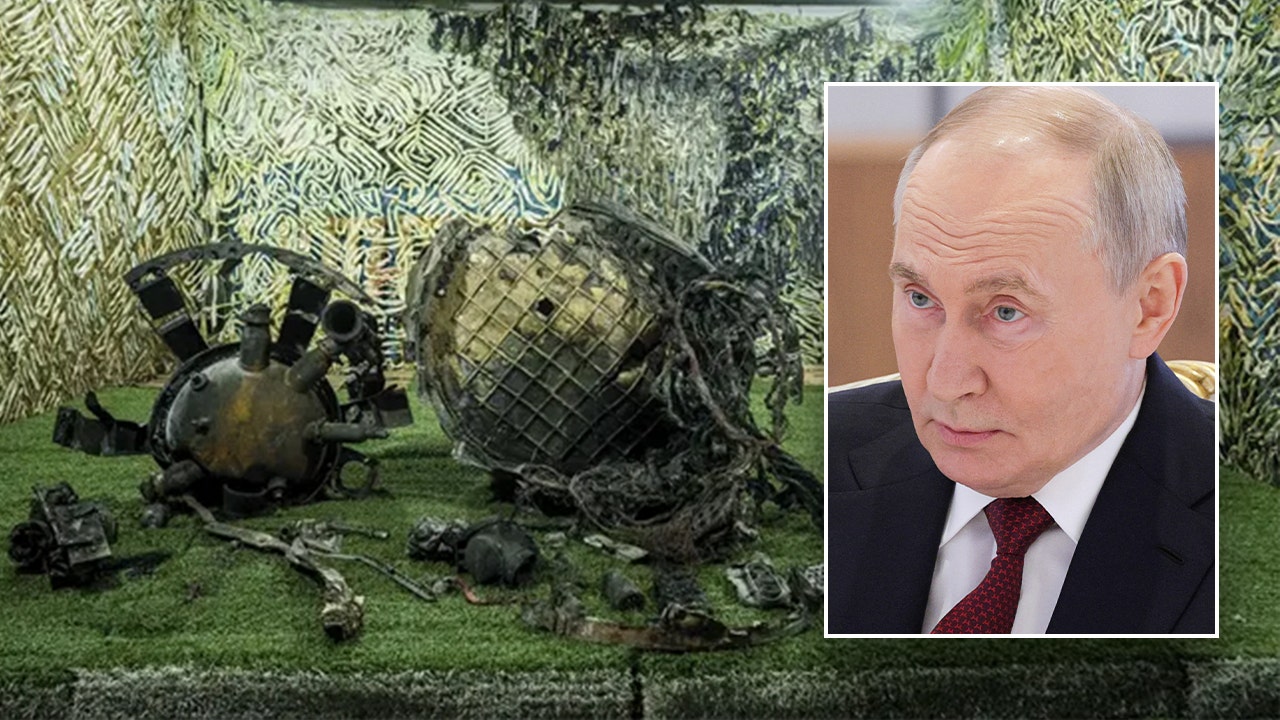
Following an overnight missile and drone attack by Russia targeting Ukraine’s key energy infrastructure, Russian President Vladimir Putin now says that government buildings in Kyiv could be targeted next using a new hypersonic missile that could also potentially reach the U.S.
Russian attacks have not so far struck “decision-making centers” in the Ukrainian capital as Kyiv is heavily protected by air defenses. But Putin says Russia’s Oreshnik hypersonic missile, which it fired for the first time at a Ukrainian city last week, is incapable of being intercepted.
Russia fired the Oreshnik at the Ukrainian city of Dnipro on Nov. 21, striking a weapons production plant. This was in retaliation against Ukrainian strikes on a Russian military facility in Bryansk two days earlier with U.S. made long-range missiles called ATACMS, after President Biden had given Ukrainian President Volodymyr Zelenskyy permission to do so.
RUSSIA LAUNCHES ANOTHER LARGE MISSILE, DRONE ATTACK ON UKRAINE’S ENERGY INFRASTRUCTURE
Fragments of a rocket that struck Dnipro on Nov. 21 are seen at a center for forensic analysis at an undisclosed location in Ukraine on Nov. 24, 2024. (AP Photo/Evgeniy Maloletka, main, Gavriil Grigorov / POOL / AFP, right.)
Russia says Ukraine fired more ATACMS at its Kursk region on Nov. 23 and Nov. 25.
“Of course, we will respond to the ongoing strikes on Russian territory with long-range Western-made missiles, as has already been said, including by possibly continuing to test the Oreshnik in combat conditions, as was done on November 21,” Putin told a meeting of a security alliance of ex-Soviet countries in Kazakhstan.
“At present, the Ministry of Defense and the General Staff are selecting targets to hit on Ukrainian territory. These could be military facilities, defense and industrial enterprises, or decision-making centers in Kyiv,” he said.
The instrumentations of the Oreshnik missile – its sensors, electronics, data acquisition capabilities – are those of the Rubezh, a Russian solid-fueled intermediate-range ballistic missile (IRBM). With its flight capability of between 310 miles and 3,100 miles – just 310 miles below the standard low limit of an ICBM – the Oreshnik can target most of Europe and the West Coast of the United States. After a launch, such a missile could probably hit Britain in 20 minutes and Poland in 12 minutes.
The Oreshnik can be outfitted with a non-nuclear or nuclear warhead. And it is nearly impossible to intercept by existing missile defense systems because it is designed to fly at hypersonic speeds, reaching Mach 11.
Putin said Russia’s production of advanced missile systems exceeds that of the NATO military alliance by 10 times, and that Moscow planned to ramp up production further.
His plans to increase production and ongoing strikes mean the conflict – which has already passed 1,000 days – shows no signs of abating.
Russia unleashed a massive aerial drone and missile attack on Ukraine on Thursday targeting the country’s key energy infrastructure, leaving more than a million households without power in the west, south and center of the country, Ukrainian officials said.
RUSSIA LAUNCHES RECORD NUMBER OF DRONES IN NEW ATTACK
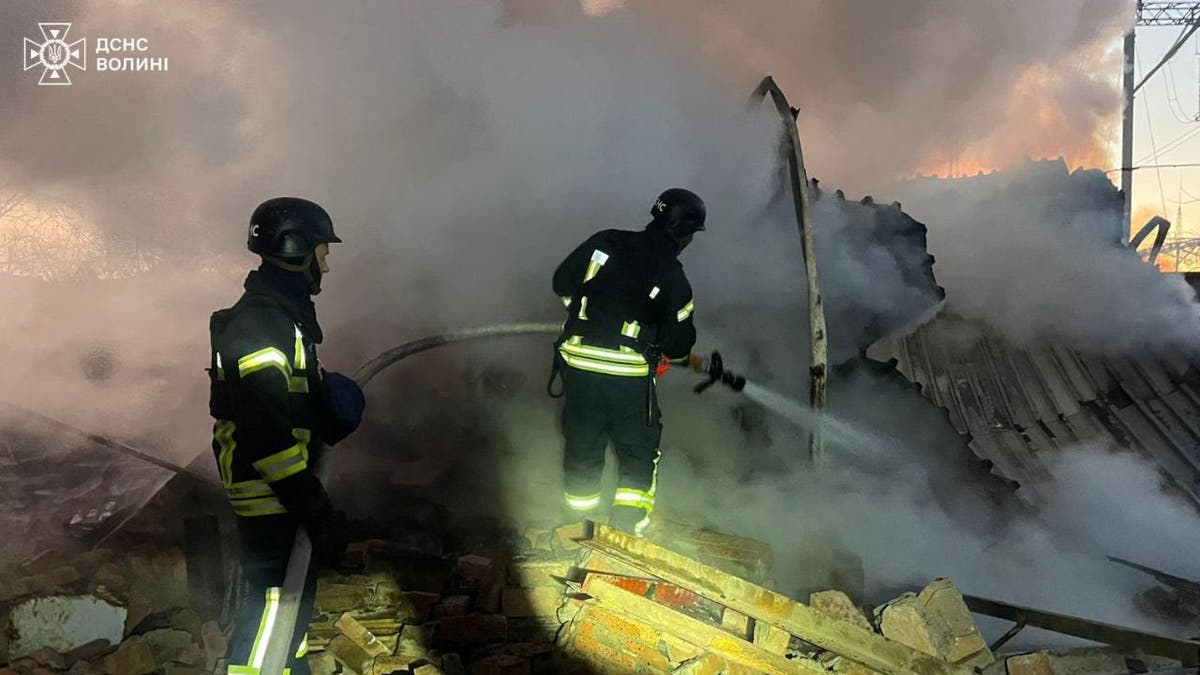
Firefighters put out a fire caused by a Russian drone and missile attack. (Ukrainian President Volodymyr Zelenskyy via X)
The attack consisted of firing nearly 200 missiles and drones with explosions being reported in Kyiv, Kharkiv, Rivne, Khmelnytskyi, Lutsk and many other cities in central and western Ukraine.
The operation was Russia’s second major aerial attack on Ukraine’s power grid in less than two weeks, with President Vladimir Putin saying on Thursday that the attack was a response to Kyiv’s attacks on Russian regions using longer-range American missiles.
The attack has raised fears in Ukraine that Russia is looking to cripple its energy infrastructure before the winter cold starts to bite and dampen Ukrainian spirits about the outcome of the war.
Zelenskyy said that the attack was a “vile escalation” and that Kalibr cruise missiles with cluster munitions were used to deliberately target civilian infrastructure.
“The use of these cluster elements significantly complicates the work of our rescuers and power engineers in mitigating the damage, marking yet another vile escalation in Russia’s terrorist tactics,” Zelenskyy wrote on X.
He urged Western countries to deliver on promised air defense weaponry. Ukrainian officials in the past have grumbled that military aid is slow to arrive.
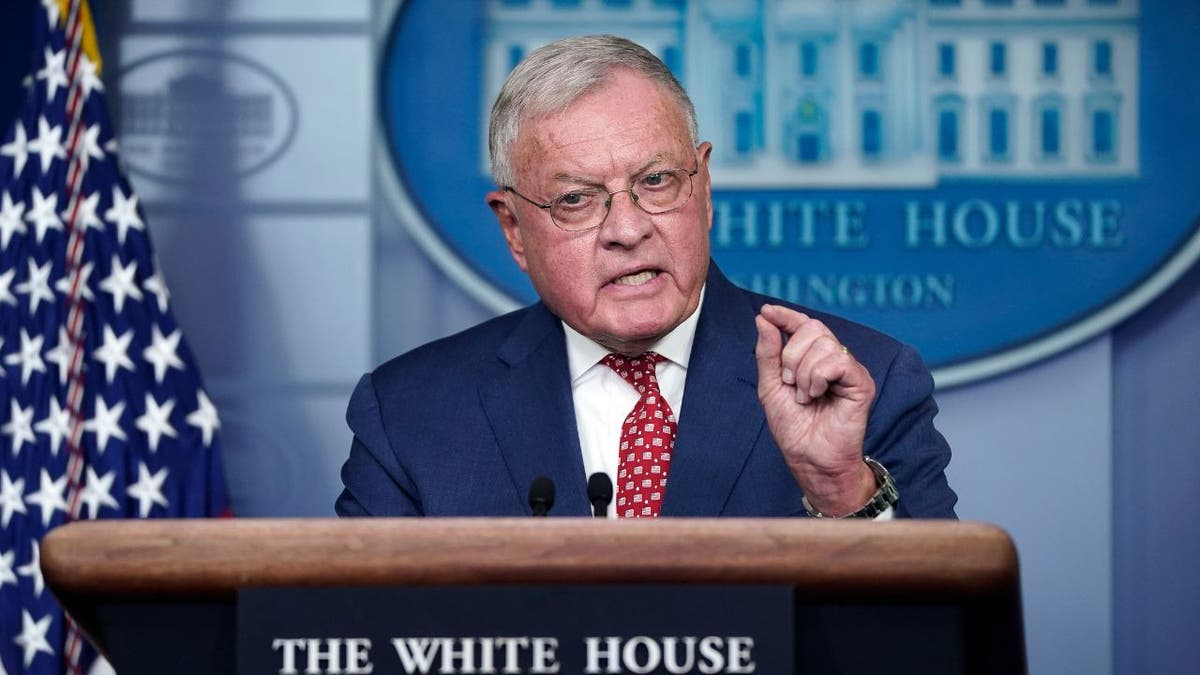
The Thursday attack came just hours after President-elect Trump nominated Lt. Gen. Keith Kellogg for a potential new post focused on ending the Russia-Ukraine war. (Drew Angerer/Getty Images)
The attack came just hours after President-elect Trump nominated Lt. Gen. Keith Kellogg for a potential new post focused on ending the Russia-Ukraine war. Trump has created the position of special envoy for the Ukraine conflict,
Three sources familiar told Reuters that Kellogg presented Trump with a plan to end the conflict, and in April co-authored a research document that presented the idea of using weapons supplied to Ukraine as leverage for armistice negotiations with Russia.
Rebekah Koffler, The Associated Press and Reuters contributed to this report.
World
At least 13 killed, many more feared dead as landslides bury Uganda homes

Dozens of houses in six villages of Bulambuli district in eastern Uganda submerged in landsides triggered by heavy rainfall.
More than 10 people have been killed and many others are feared dead after heavy rains caused landslides in eastern Uganda.
The Uganda Red Cross Society said on Thursday at least 13 bodies had been recovered after landslides “completely buried” 40 homes in six villages of the mountainous district of Bulambuli the previous night.
Images on local media showed huge swaths of fallen earth covering the land in the village of Masugu, about a five-hour drive from the capital, Kampala. Videos and photographs shared on social media purported to show people digging for survivors in the village of Kimono.
The Uganda Red Cross Society said the rescue effort was continuing but the death toll was likely to rise.
“We lost about 30 people,” district commissioner Faheera Mpalanyi told the AFP news agency, adding that six bodies, including that of a baby, had been recovered so far.
“Given the devastation and the size of the area affected and from what the affected families are telling us, several people are missing and probably buried in the debris,” she said.
The heavy rains in recent days caused flooding in the northwest after a tributary of the Nile River burst its banks, prompting the prime minister’s office to issue a disaster alert on Wednesday, saying that main roads across the country had been cut off.
Emergency teams were sent to rescue stranded motorists.
A road connecting the country with South Sudan was impassable late on Wednesday, with emergency boat crews deployed near the town of Pakwach.
“Unfortunately, one of the boats capsized, resulting in the death of one engineer,” Uganda’s defence forces said on X.

-

 Science1 week ago
Science1 week agoTrump nominates Dr. Oz to head Medicare and Medicaid and help take on 'illness industrial complex'
-
/cdn.vox-cdn.com/uploads/chorus_asset/file/25739950/247386_Elon_Musk_Open_AI_CVirginia.jpg)
/cdn.vox-cdn.com/uploads/chorus_asset/file/25739950/247386_Elon_Musk_Open_AI_CVirginia.jpg) Technology1 week ago
Technology1 week agoInside Elon Musk’s messy breakup with OpenAI
-

 Health5 days ago
Health5 days agoHoliday gatherings can lead to stress eating: Try these 5 tips to control it
-

 Health3 days ago
Health3 days agoCheekyMD Offers Needle-Free GLP-1s | Woman's World
-
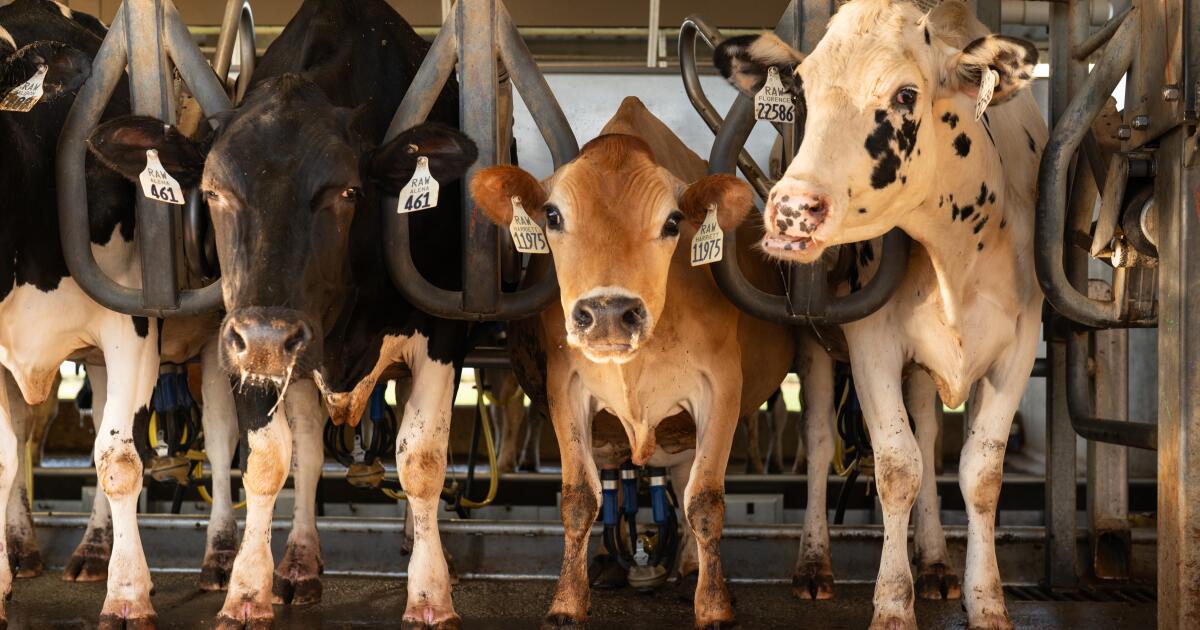
 Science2 days ago
Science2 days agoDespite warnings from bird flu experts, it's business as usual in California dairy country
-
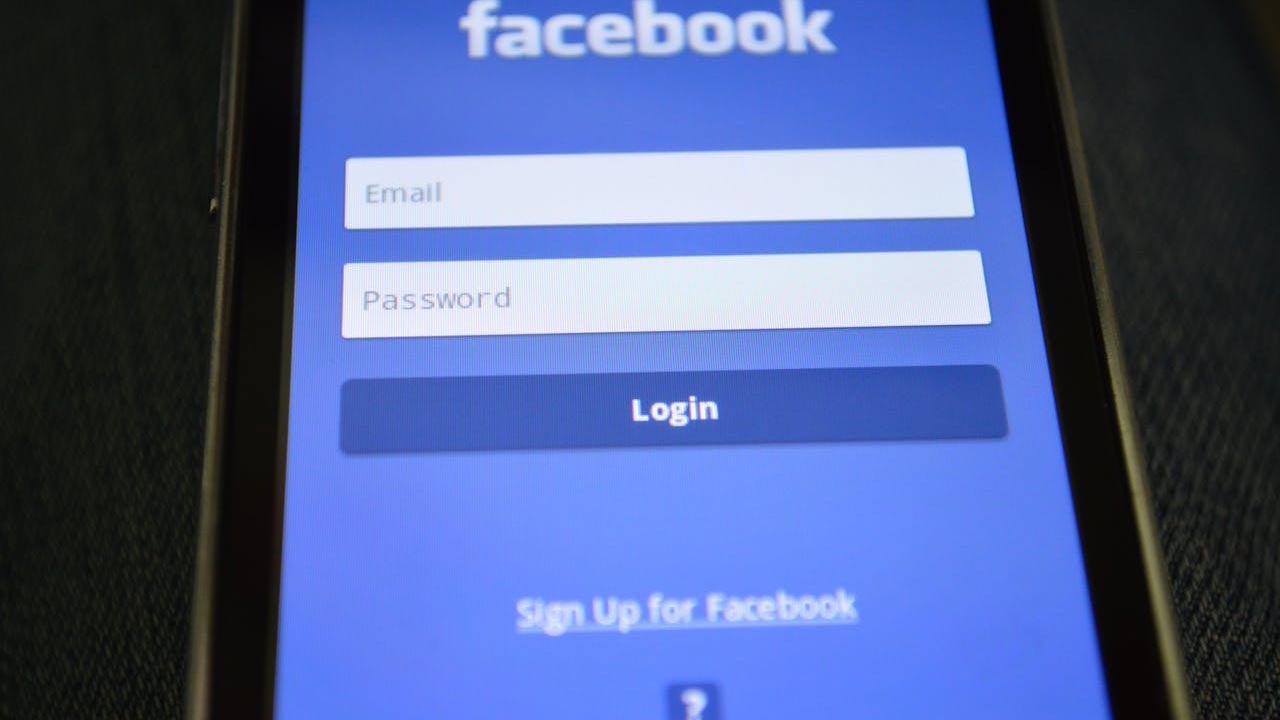
 Technology1 day ago
Technology1 day agoLost access? Here’s how to reclaim your Facebook account
-

 Science1 week ago
Science1 week agoAlameda County child believed to be latest case of bird flu; source unknown
-

 Sports1 week ago
Sports1 week agoBehind Comcast's big TV deal: a bleak picture for once mighty cable industry




.jpeg.ca95269fce1db9861b700d87a34be4c6.jpeg)

